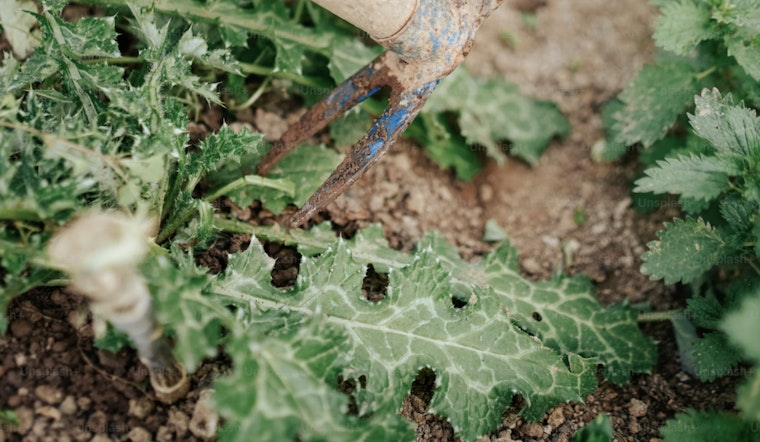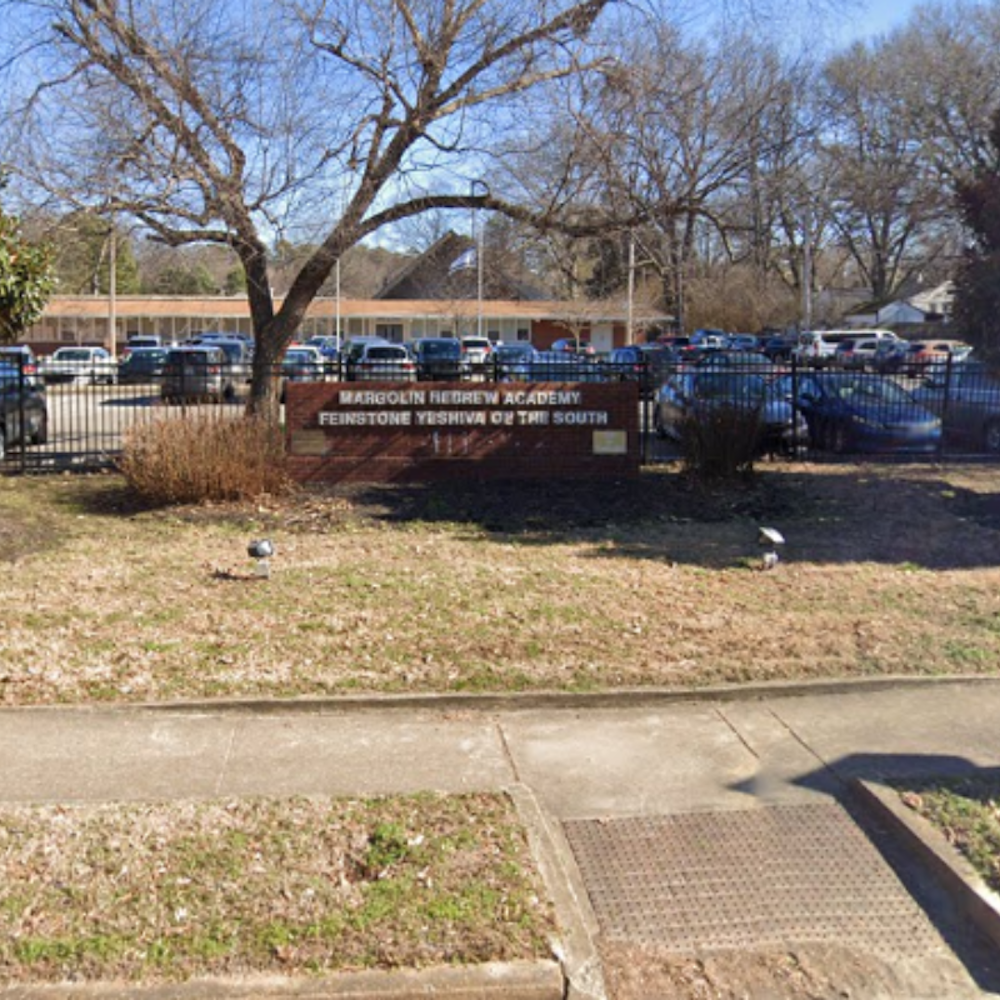
A groundbreaking technological development from MIT and the Singapore-MIT Alliance for Research and Technology could offer farmers an advanced method for protecting their crops from environmental stresses. The research teams have designed sensors that can identify when plants are under duress from threats like excessive heat, overexposure to light, or invasions by pests and pathogens.
According to a study published in Nature Communications, the key to this early warning system lies in monitoring two plant signaling molecules: hydrogen peroxide and salicylic acid. These molecules, the research elaborates, spike at different times and patterns depending on the specific type of stress, providing a real-time snapshot of a plant's health. “What we found is that these two sensors together can tell the user exactly what kind of stress the plant is undergoing. Inside the plant, in real time, you get chemical changes that rise and fall, and each one serves as a fingerprint of a different stress,” Michael Strano, a senior author of the study, told MIT News.
Echoing the sentiment's importance, Sarojam Rajani, another senior researcher involved in the project, highlighted the applications of these findings. The two types of sensors, crafted from carbon nanotubes, can be adhered onto the underside of plant leaves, where they remain sensitive to their target molecules and react by emitting a fluorescents signal when their particular stress agent is detected.
One of the remarkable aspects of this study is its universality; these sensors are not breed-specific and can be applied to almost any plant. Therein lies a significant advancement over existing technology, which often necessitates genetic alterations in specific plant species to function. “We're incorporating this technology into diagnostics that can give farmers real-time information much faster than any other sensor can, and fast enough for them to intervene,” Strano said to MIT News.
The team employed the sensors on pak choi plants in their experiments, demonstrating how each stressor initiated a rapid production of hydrogen peroxide followed by a subsequent salicylic acid response depending on the type of external threat. The response time and pattern of these molecules' production may enable agriculturalists to preemptively address potential damage to their crops, a boon in light of climate change challenges and growing global food demands.
This innovation also lays the groundwork for creating a network of 'sentinel' plants—a framework that could signal farmers to imminent environmental perils, allowing them to take corrective as, when needed. Additionally, the sensors might be refined to prompt automated adjustments in greenhouse environments to counteract detected stressors.
Researchers envision extending these sensors' capabilities even further by targeting other plant signaling molecules. This could potentially unlock a deeper comprehension of plant stress responses, enhancing crop resilience, and agricultural productivity. The project is backed by financial support from the National Research Foundation of Singapore through SMART and the USDA National Institute of Food and Agriculture.

-1.webp?w=1000&h=1000&fit=crop&crop:edges)







